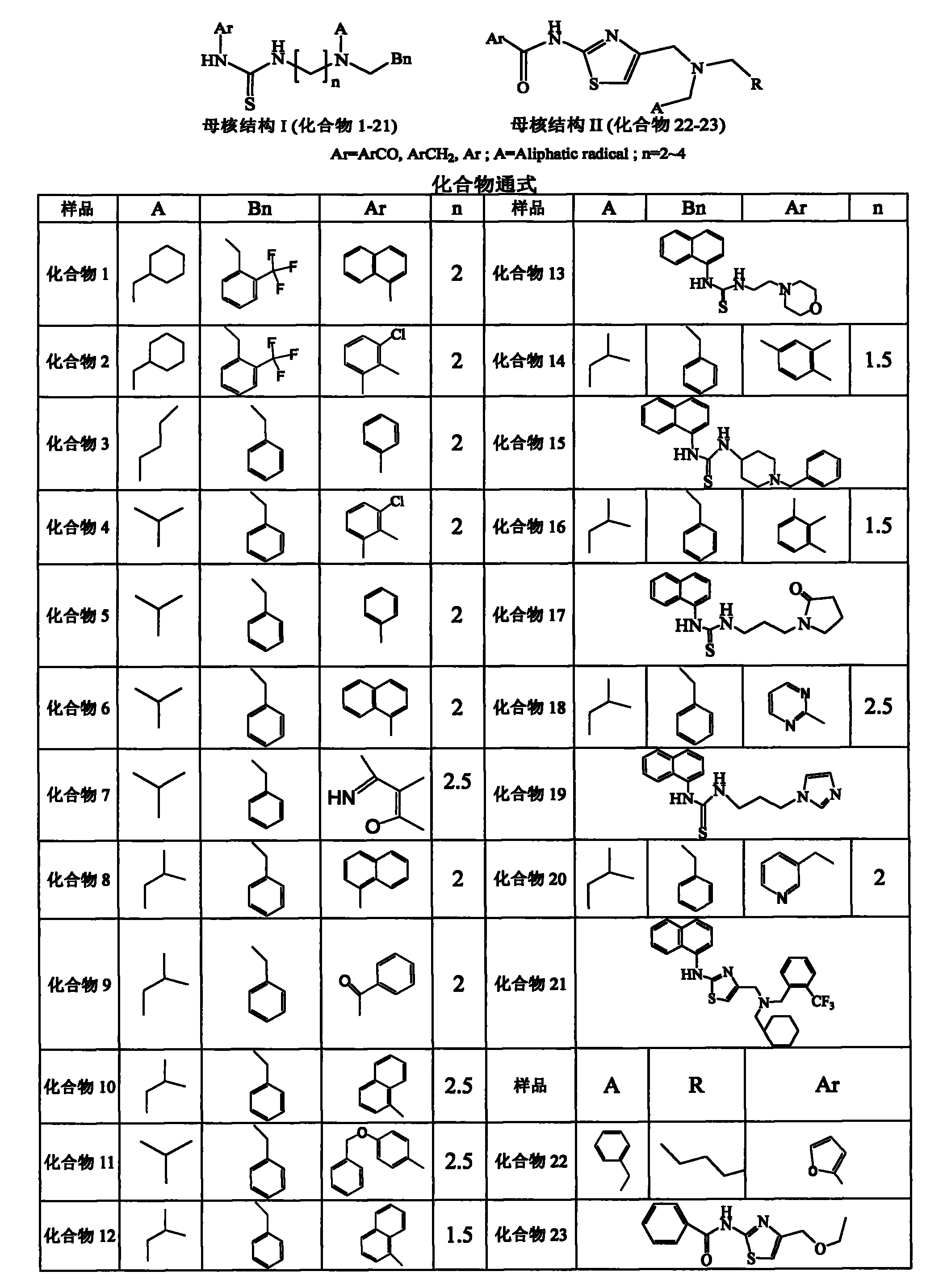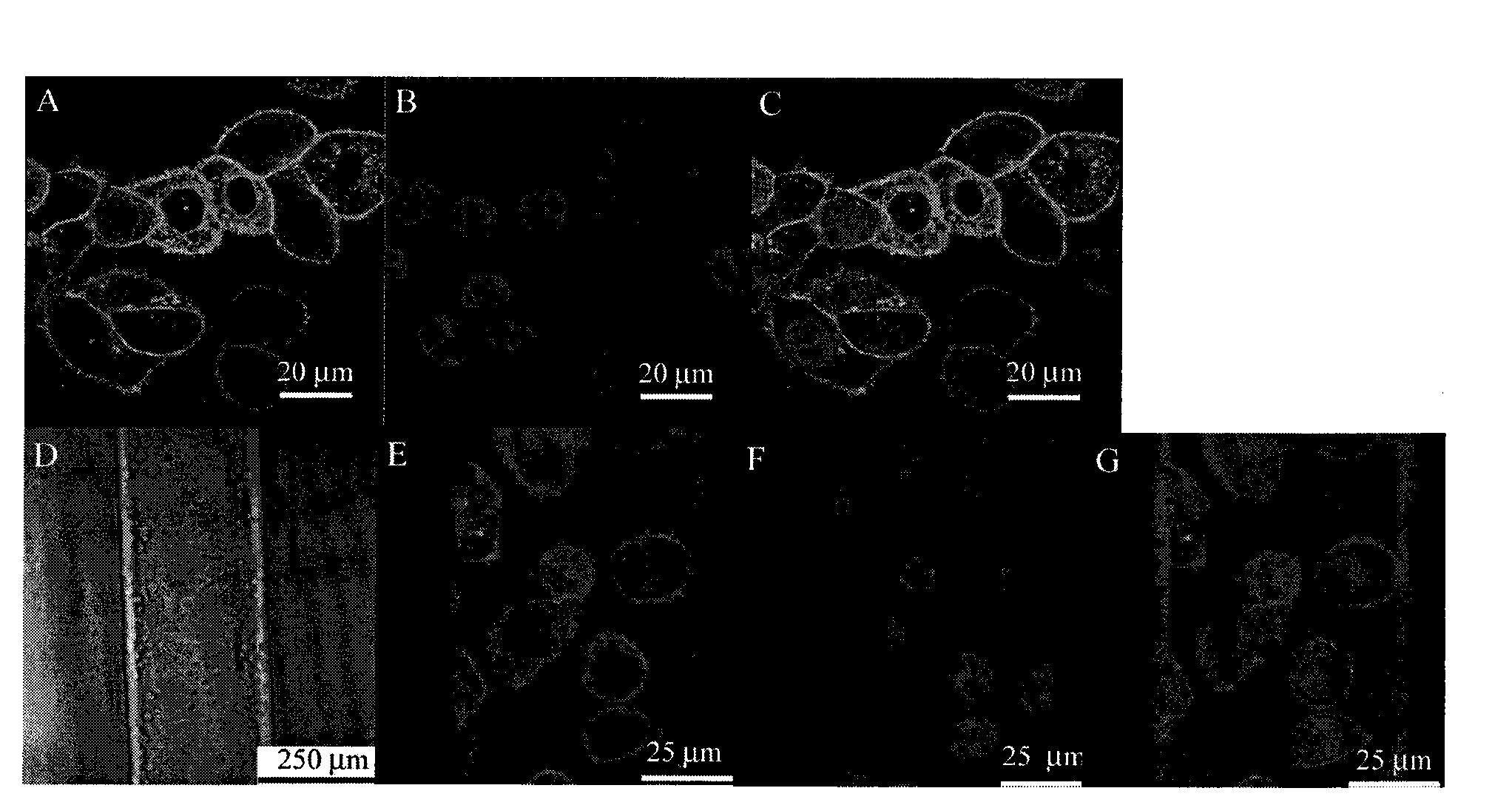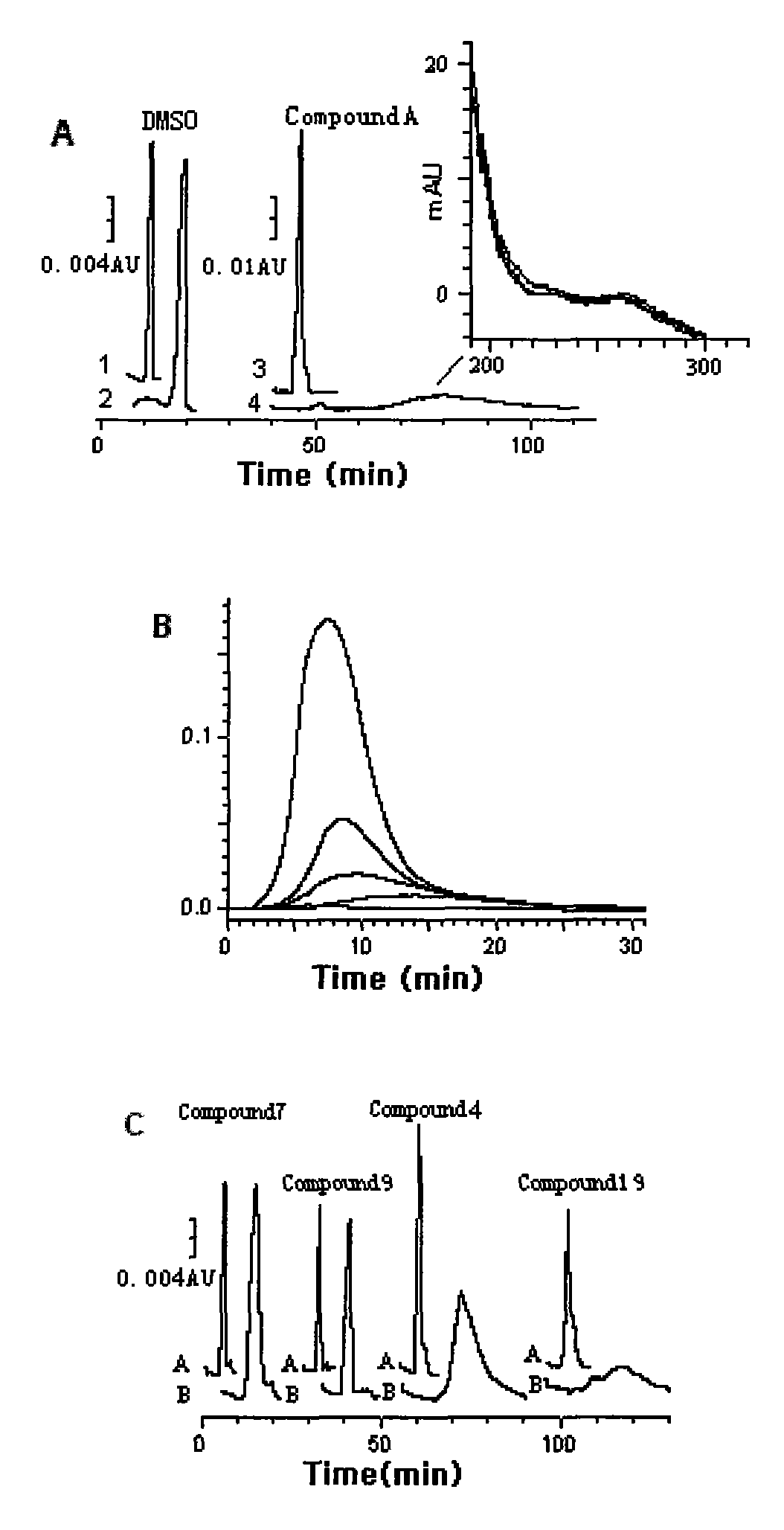Capillary tube with fixed phase formed by culturing cell layer through adhering cell layer on inner wall of capillary tube and manufacturing method and application thereof
A capillary and cell layer technology, applied in separation methods, chemical instruments and methods, and other chemical processes, can solve problems such as difficult separation and purification and maintain molecular conformation, and achieve ideal chromatographic peak shape, less sample consumption, and fixed The effect of stabilizing phase properties
- Summary
- Abstract
- Description
- Claims
- Application Information
AI Technical Summary
Problems solved by technology
Method used
Image
Examples
Embodiment 1
[0035] Embodiment 1, the culture of CCR4 overexpression cell
[0036] HEK293 cells were cultured in RPMI1640 medium containing 10% fetal bovine serum (FBS, Canada GIBCO), which contained penicillin (100 U / mL) and streptomycin (100 μg / mL). 400 μL HEK293 cells (4 × 10 6 ) transiently transfected 30 μg of CCR4-EGFP plasmid; this process was carried out by an electric pulse generator (Electro Square Porator ECM830, BTX, San Diego, CA), and its operating conditions included a voltage of 123V and a pulse time of 20sm. After electrotransfection of CCR4-EGFP in HEK293 cells, the expression of CCR4-EGFP protein on the cell surface can be seen figure 2 (A, B, C). It was proved that the receptor CCR4 was expressed on the surface of most cells.
Embodiment 2
[0037] Example 2, Preparation of Quartz Capillary Chromatography Column Attached to CCR4 Overexpression Living Cells
[0038] Quartz capillary columns were rinsed and sanitized sequentially with methanol, 0.1M NaOH, and deionized water. After the capillary was rinsed dry under sterile conditions, 0.2 mg / mL polylysine (PLL) was injected and incubated for 1.5-4.0 hours before use. After electroporation, the cells were returned to the medium to suspend the cells to a density of 1.5×10 7 cells / mL, and injected into the pretreated capillary chromatography column, the capillary chromatography column was immersed in RPMI 1640 medium containing 10% FBS, at 37°C, 5% CO 2 Incubate for 12 hours in the incubator. In order to maintain the structure of the cells, the capillary chromatographic column attached to the cells needs to be fixed with 4% paraformaldehyde for 10-40min, and then rinsed with PBS before use. These CCR4 overexpression cells grow adherently on the inner wall of the ca...
Embodiment 3
[0039] Embodiment 3, verification of new screening method
[0040] Lactam compound A, as a novel CCR4 antagonist, has strong affinity for CCR4 and good chemotaxis inhibitory activity. Therefore, in this experiment, compound A was used as a positive compound, and DMSO was used as a negative compound. The chromatographic behaviors of the two in uncoated capillary chromatographic columns and CCR4 expressing cell-coated capillary chromatographic columns were studied respectively. The experimental results are as follows: image 3 As shown in A. Comparing the electropherograms of DMSO on the two chromatographic columns, it was found that the peak height remained unchanged and the peak shape was slightly broadened. The peak height of the electrophoresis peak of compound A in the cell-coated capillary column was significantly reduced, and the peak was broadened and tailed, indicating that the positive compound A had a strong affinity with the stationary phase. There is no significan...
PUM
 Login to View More
Login to View More Abstract
Description
Claims
Application Information
 Login to View More
Login to View More - R&D
- Intellectual Property
- Life Sciences
- Materials
- Tech Scout
- Unparalleled Data Quality
- Higher Quality Content
- 60% Fewer Hallucinations
Browse by: Latest US Patents, China's latest patents, Technical Efficacy Thesaurus, Application Domain, Technology Topic, Popular Technical Reports.
© 2025 PatSnap. All rights reserved.Legal|Privacy policy|Modern Slavery Act Transparency Statement|Sitemap|About US| Contact US: help@patsnap.com



